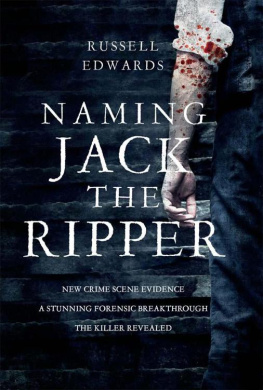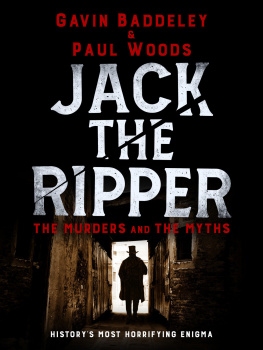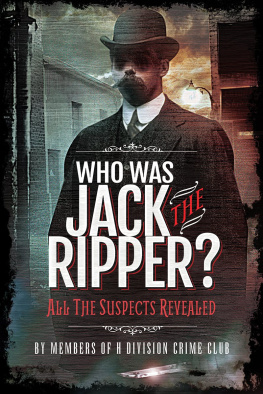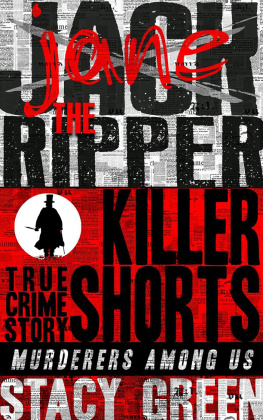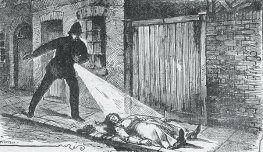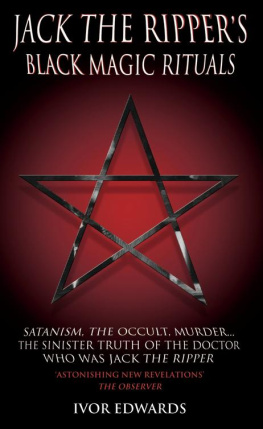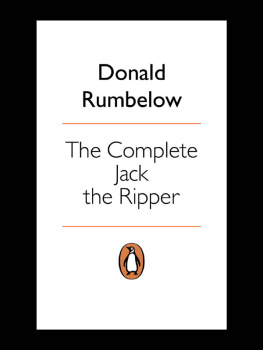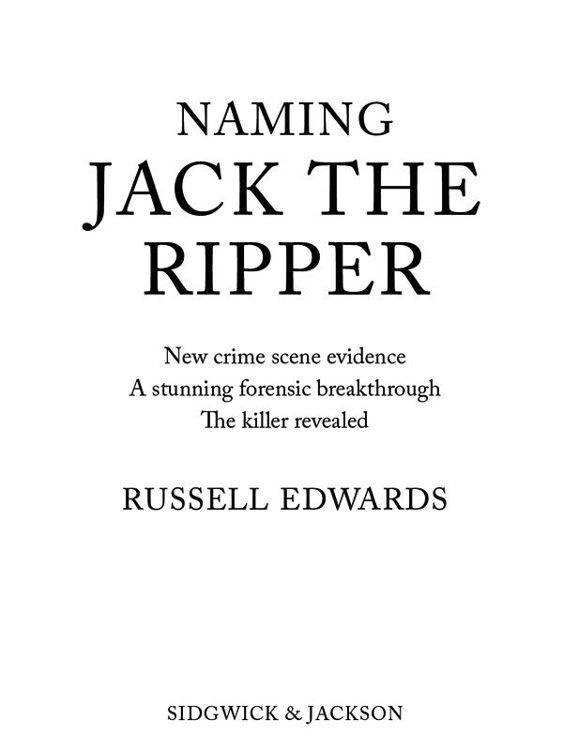
For Sally,
Alexander and Annabel
* * * *
CONTENTS
INTRODUCTION
I t was Saturday, 17 March 2007, St Patricks Day. Not that I was even aware of the saints day: the date had a much greater significance for me. It was the day that I attended an auction, the first I had ever been to. A day that started with great excitement and determination, and ended in desperate disappointment.
Why was this auction so important to me? To a casual observer, the catalogue produced by Lacy Scott & Knight, a firm of auctioneers, for the sale that day in Bury St Edmunds, Suffolk, was fairly standard: antiquarian books, ceramics, jewellery, clocks, paintings, plenty of Victorian and Edwardian mahogany furniture. At another time in my life, when I was dabbling in antique furniture, I would have enjoyed browsing through the lots.
But today there was only one item I was interested in, and it was definitely the star item of the day, with an entire page of the catalogue devoted to it. It was an old, silk shawl, damaged, with pieces missing. Id been to see it the day before, and had been struck by how beautiful it was, much more so than I expected: the centre panel was plain silk, and at either end there were broad panels intensely patterned with flowers, Michaelmas daisies predominantly, in gold and red. On one side it was brown with patterned edges, and a wide border at each end of blue with the flower pattern, and on the other side a lighter brown with blue ends. Even to my untutored eye it was clearly very old.
But its significance was far more than its age. This is what the catalogue listing said:
Lot 235: A late 19th Century Brown Silk Screen Printed Shawl decorated with Michaelmas daisies, length 8ft (with some sections cut and torn).
Unlike the tables and pictures that filled the rest of the list, there was no estimated price given. It simply read: Est: please refer to auctioneers.
I had done just that. When I saw the shawl on the previous day, when auctions normally hold a viewing day for potential buyers, the auctioneer had told me the reserve price, and I had been surprised by how low it was: definitely within my budget.
On another page, with a large photograph of the shawl, the catalogue read:
Provenance: According to the vendors family history this shawl is purported to have been removed from Jack the Ripper victim Catherine Eddowes body by his great great uncle, Acting Sergeant Amos Simpson, who was based near Mitre Square in the East End of London. However, there is some controversy surrounding the authenticity of this story and interested parties are advised to do their own research before bidding. The shawl spent some time in the Metropolitan Police Crime (Black) Museum and in 2006 was subject to inconclusive forensic testing for a programme on Channel 5.
The story of the shawl is discussed at length in Appendix One of Kevin ODonnells book The Jack the Ripper Whitechapel Murders based on research by Andy and Sue Parlour: a copy is available on demand in the office.
So there you have it. If genuine, this was one of the few physical remains from the scenes of the crimes committed by Jack the Ripper as he terrorized the streets of London, and carved his way into the British psyche. Everyone has heard of Jack the Ripper. Not many know the full story, but everyone has a vague impression of dark, foggy streets in Victorian London with a mad serial killer on the loose, attacking and viciously mutilating his prostitute victims. It is perhaps the greatest, most famous unsolved crime in the world, the one that draws tourists from across the globe to the streets of Londons East End.
Of course, the catalogue was careful to make sure that the claims for the shawl were muted. There was no proof it had belonged to the victim Catherine Eddowes, just a long family history. But, still, there was a good chance. I had done some research, I believed it was genuine, and I wanted it. I wanted it very badly. I was nursing a nugget of information about the shawl that only I knew, a secret that made it much more important to me, and one I believed would add a great deal to what little we know about Jack the Ripper.
I set off for the auction early. It started at 10 a.m., and my wife Sally and I were living with our toddler son Alexander in Newmarket, only twenty-five minutes away. She didnt come with me: she doesnt share my fascination with the Ripper story. I dressed casually, keen not to draw attention to myself, but smartly enough to show that I was serious. I expected a large crowd, and I was right: the huge barn of an auction room, the size of a football pitch and crammed with furniture, was packed with people, and I guessed at least some of them were there for the same item as me. National and local newspapers had carried stories about the auction, so there was bound to be a high level of interest. Before the sale started a bemused assistant from the auction firm was holding the shawl up high so that a crowd gathered round him could look at it: he clearly could not understand the massive interest in this old, damaged piece of material.
I felt a mixture of excitement and apprehension. The auction started, and as lot after lot went by I realized nothing much was being sold: clearly, not just some, but the bulk of people in the crowded room were there for the shawl. I was worried, I felt sure it would soar way above its reserve, and in my mind I saw it reaching a sum of 150,000 or more. Was I prepared to go that high? Yes, I wanted it so badly I would have paid whatever it took to get it.
As the morning dragged on, I noticed that Stewart Evans, one of the worlds leading authorities on the Ripper case and a collector of true-crime ephemera, was there. I had seen him on television being interviewed in various documentaries about the subject so I decided to ask him for his opinion on the shawl, without revealing my own interest. He chatted happily about the Ripper story, but seemed to be dismissive about the authenticity of the shawl.
Its not for me, he said, Im only here to see who it goes to. Nobody should buy it.
I felt he might be bluffing, trying to throw me, and anyone else who was drawn to listen to him, off. He looked at me keenly, and I was sure he was sizing up whether or not I was going to rival him in the bidding.
With half the auction lots sold, a lunch break was called. I wasnt interested in eating: my stomach was lurching at the thought of what was to come. I made my way to the office to have a look at the book that was mentioned in the catalogue. When I got there I found a small group of people gathered round a very tall man who was holding up the book, and expounding on the shawl and its history. I realized this was Andy Parlour, whose research for the appendix was the crucial part of the book in terms of the shawl. He was enjoying telling everyone about it, so I asked a few superficial questions: I didnt want to show my hand, but I wanted to hear everything he could share. Luckily, like Stewart Evans, Andy did not need much encouragement to talk. Every so often I said something like, Thats interesting, mate, just to keep him going.
I found it hard to believe that I was actually in the same room as this man, who was a specialist on the shawl, and Stewart Evans, a top expert on the whole Ripper story. And every so often I reminded myself that I knew something about the shawl that everyone else had missed, even the guys who had given years of research to the subject.
When the auction resumed I decided to stand at Stewart Evanss shoulder, thinking that he was definitely going to bid, and Id wait until he did before I joined in. The auction room had been noisy all morning, people chatting and moving about, but when Lot 235 was bellowed across the room, a deep hush fell. The assistant gestured to the shawl, now locked in a glass cabinet at the front of the room.
Next page
